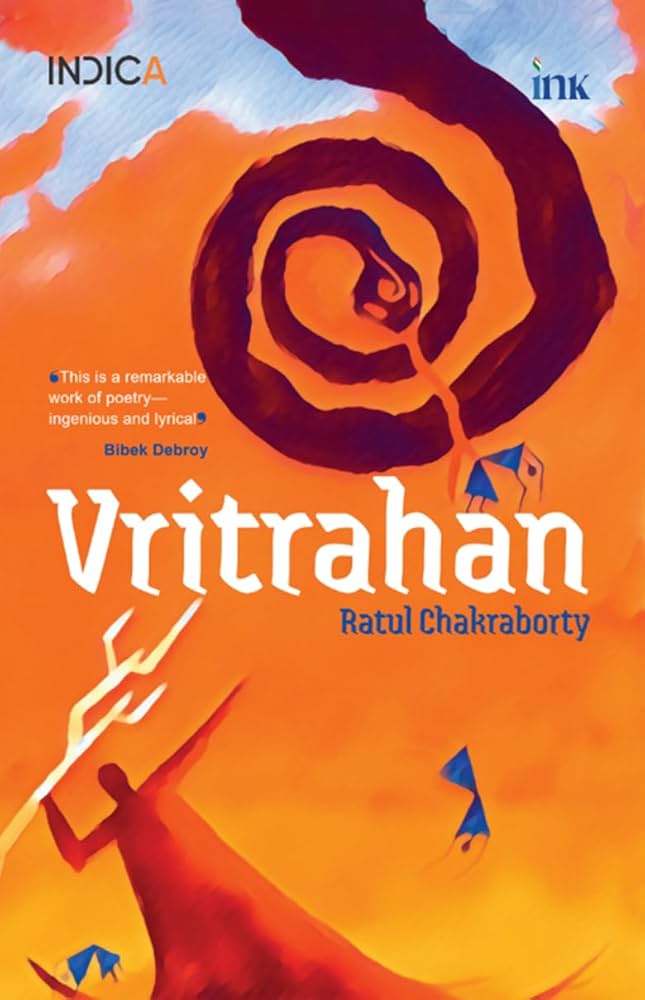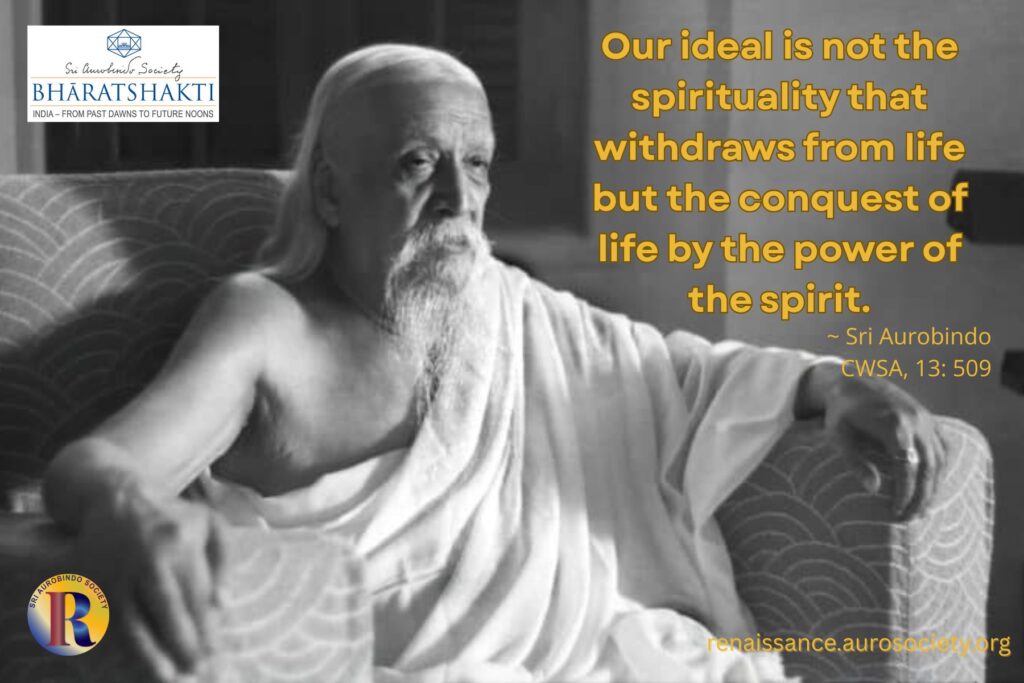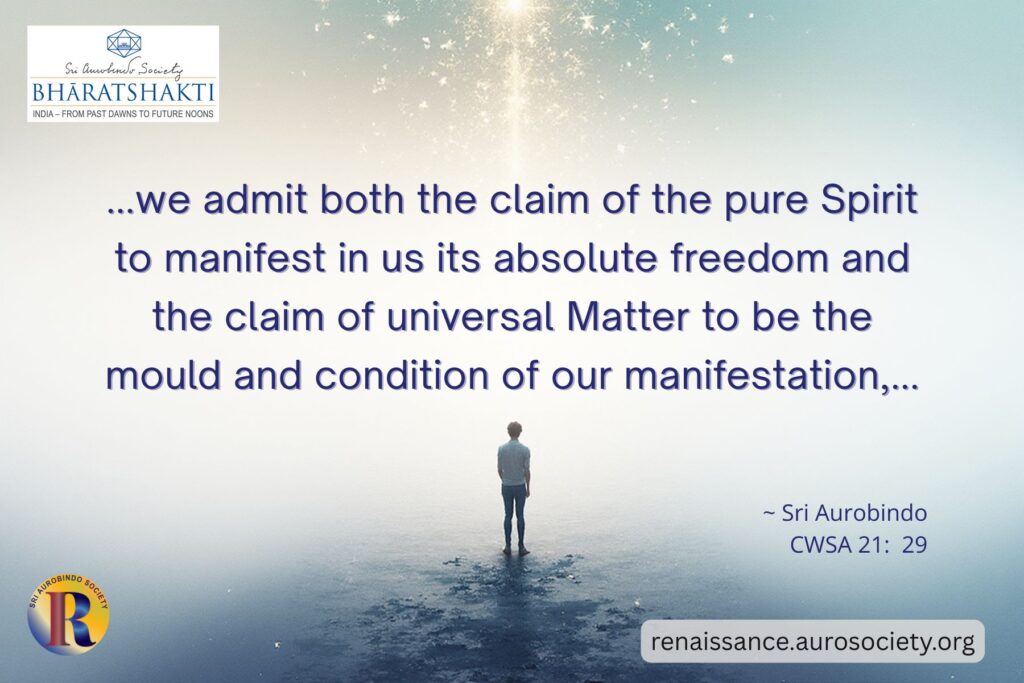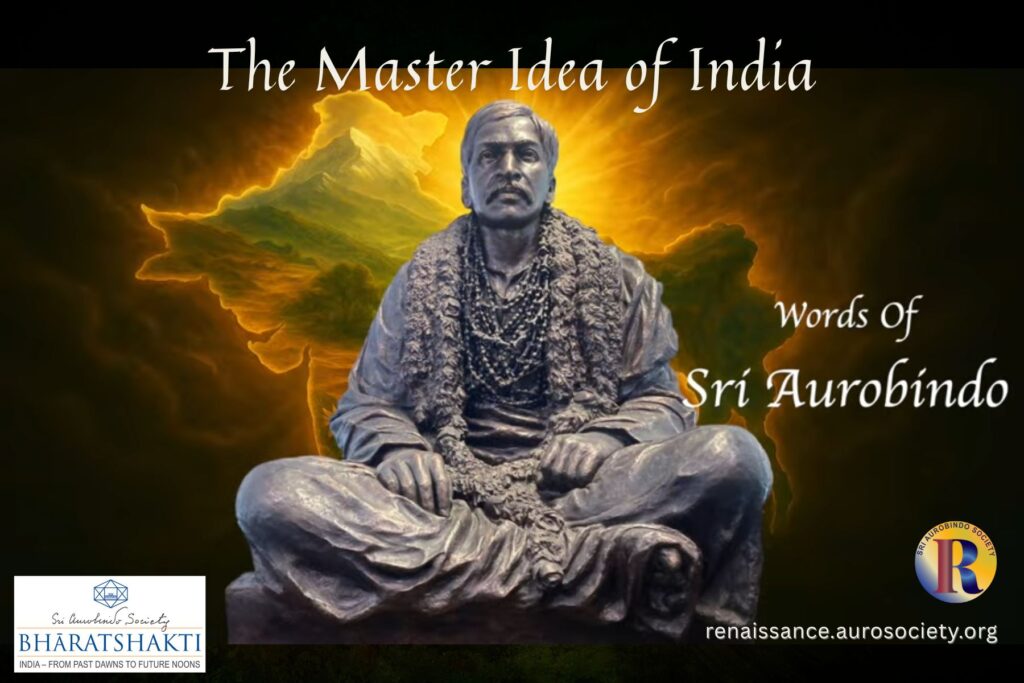Volume VI, Issue 2
Author: Sunil Kumar
Editor’s Note: Enjoy this delightful book review, which is just as poetic in its feel as the book it speaks of.

Book Details:
Title: Vritrahan
Author: Ratul Chakraborty
Publisher: Occam (BluOne Ink Imprint), Pages 346
ISBN 13: 978-9365478228
Click to buy

Quick summary
Ratul’s poetic masterpiece seamlessly blends myth and modernity, evoking the Vedic spirit through a cosmic dance of light and shadow. Its powerful imagery and philosophical depth show the enduring relevance of Dharmic thought in our ever-changing world.
Review
In man there is the inalienable impulse of Nature towards self-realisation, no struggle of the intellect to limit the action of our capacities within a determined area can for ever prevail.
~ Sri Aurobindo, The Life Divine, CWSA 21, p. 15
Poetry, according to some, is a window to the soul. For others like Percy Bysshe Shelley, poets are the unacknowledged legislators of the world.
But, in the Indic sense, the poet is a seer, a mantra-drashta, a ‘kavi’ whose ‘pratibha‘ (prowess) has the power to evoke beauty, reveal truth and touch something fundamentally deeper- a window to the ‘other’ side-transcendental and beyond definitions.
Ratul’s mystical paean aims to do that and more. The contemporary world appears in the narrative with a nod to the progress of material civilisation. The Puranic-influenced timeline felt mostly coherent, except for this slightly jarring element.
But, then again, there is time dilation and non-linearity to account for the mismatch. For anybody whose family has survived the brutal vivisection of India that is Bharat and has an iota of empathy for the centuries of assaults on its body and soul, the slight reference to that context is poignant.
Spectacular imagery, surreal mindscapes and existential dilemmas abound.
The Sūtradhāra1 has managed to weave an ‘intricate’ poetic saga around the Vedic tale of Indra and Vritra.
Tvashta, Trishiras or Vishvarupa, the Kapiñjala birds(partridges), Mount Meru, unseen voices and the Sūtradhāra himself play their parts in this ‘katha’ and the dance of ‘light’ and ‘shadow’.
The nod to Hindustani classical music and the ‘karanas‘ of Sadiraattam aka Bharata Natyam hint at the diverse interests of the author. Vaishnavas, Shaktas and Shaivites have nothing to gripe about as this seamlessly amalgamates all thought systems in one grand sweeping cosmic vision.
The Vedic religion, its reverence for nature and the immersive and caring spirit of its involvement with the cosmos form the core of the Bharatiya civilisational identity. In the modern world, the person who controls the discourse shapes the truth.
If silicon life gains sentience, it will distort this beyond recognition. For a true resurgence, a cogent and articulate Dharmic worldview that enhances civilisational self-confidence is the need of the hour. Great visionaries like Sri Aurobindo, Swami Vivekananda, Vedic seers, saints and countless others have paved the way with one of the most spiritually exalted, enigmatic, and compassionate ideascapes in the world.
The author reminds us that there are no clear shades of black and white, only tinges of gray. Fluidity lies in harmony, the questions raised are reflective and exploratory. A grander cosmic design and universal profundity subsumes Western ideas of conformance and rebellion. Indra is no glorious hero and Vritra is not absolute, undiluted evil. Their humanity shines through.
Saraswati, the focus of many Vedic hymns, has ceased to exist but remains embedded in the Dharmic consciousness.
The Mahavidyas and Shakti’s prowess reflect the profound role of the divine feminine, a uniquely Indic phenomenon. Reverence for ancient cultural idioms is inbuilt but needs to be reiterated and reinforced by Dharmic events like the ongoing Mahakumbh.
Traversing the tricky lanes of apara vidya (material knowledge) may give the sadhaka (aspirant) the hope of aparoksha anubhuti (self-realisation)
The author has skillfully touched on such motifs and archetypes. Ratul’s poetic tour de force is a masterly attempt at weaving together myth and modernity, where verses ripple like the echoes of ancient chants, reminding us that time may pass, but the sacred endures in the cadence of memory and imagination.
About the reviewer
Sunil Kumar, a Westminster postgraduate, is a writer and researcher whose works span poetry, fiction, and academic inquiry. Author of Existential Angst, Surreal City and a contributor to an Indo-Cambodian anthology ‘Shared Roots’, his research papers explore diverse disciplines. A university quiz winner with an insatiable curiosity, he navigates literature, cinema, and philosophy as a seeker of truth.

Notes
- This reference is to the author’s first book titled Sutradhar. ↩︎



